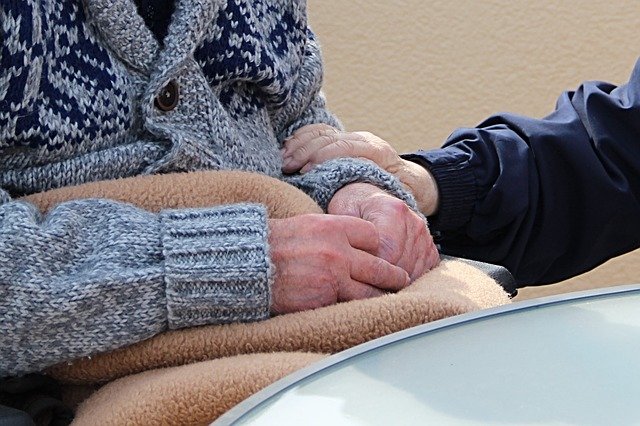Nursing Home Residents Facing a Lower Standard of Care In the Wake of For Profit Takeovers
Image by Gundula Vogel from Pixabay
As more for-profit takeovers take place under private equity firms, nursing homes are seeing increased mortality rates and an overall decrease in the quality of care for residents.
The Effects of Private Equity Acquisition on Nursing Homes
According to a report from the National Bureau of Economic Research, patients begin to die more often when private equity firms take over nursing homes. This is a growing problem that has greatly affected the well-being of nursing home residents across the U.S.
Although nursing homes have a history of for-profit operation, private equity firms have started to purchase more independent and large chain nursing homes. As a result, it’s become more apparent how private equity acquisitions have impacted patient care.
Increased Mortality Rates
Penn, University of Chicago, and NYU researchers looked at data collected from over 18,000 nursing homes. Around 1,700 of those facilities underwent private equity acquisition from 2000 to 2017. They also studied patients who experienced acute episodes at hospitals and subsequently stayed at nursing homes, examining deaths sustained within the 90-day period following patients’ discharge from the nursing homes.
Ultimately, researchers found that the mortality rate for patients staying in private equity-owned nursing home facilities saw a 10% higher mortality rate compared to the national average. This translates to around 20,150 lives lost in private equity-owned facilities within a 12-year period, averaging more than 1,000 annual deaths.
Why More Patients Die in Private equity-owned Facilities
Researchers were able to identify certain reasons for the increased mortality rate among residents at private equity-owned nursing homes. One key finding was that certain changes under private equity ownership affected healthier patients more than sicker patients. This is largely because sicker patients undergo more regimented care that’s consistent regardless of ownership, while their healthier counterparts may see more differences in care and improper medical treatment under new ownership.
Reduction in staffing is one of the biggest changes identified in the study, as it determined that staffing sees a 1.4% decrease under private equity ownership. As a result, a nursing home resident is more likely to be a victim of staff neglect when facilities don’t have enough employees to provide adequate care. Additionally, the study determined that private equity firms tend to cut the number of hours that frontline nurses spend on a daily basis providing services such as infection prevention and bed turning. Even these basic services are essential for maintaining the health of patients.
Another finding in the study was that there was a 50% increase in the administering of antipsychotic drugs under private equity ownership. These drugs are known to contribute to higher mortality rates in older patients. Along with reduced staffing and the increased use of antipsychotics, the study also determined that private equity firms spend more on areas that don’t contribute to patient care, including monitoring fees paid to medical alert companies that the private equity firm also owns.
As long as nursing homes fall under for-profit ownership, it’s likely that residents will continue to suffer from inadequate care. When private equity firms cut work hours and fail to channel sufficient funds into patient care, mortality rates increase, which is why these firms face scrutiny.

